From a Parent-Toddler class through the grades, children in a Waldorf school are immersed in stories.
Starting with simple nature stories in the early childhood, children will hear many stories through the years: fairy tales, folk tales, fables, myths, legends, biographies, and stories from history, spoken aloud by the teacher and transmitted heart-to-heart.
In addition, academic subjects throughout the grades−from math to science to history to art to handwork—are all introduced through storytelling.
For example, in a past video blog post on Waldorf watercolor painting, I demonstrated how a kindergarten teacher might introduce painting with a story about “Tippy Brush,” who dips his toes into the water for a foot bath before inviting the other colors to come and play with him.
A first-grade teacher who is introducing the four processes of basic arithmetic may tell an imaginative story about Princess Plus, Duke Division, or Emperor Equal.
Introducing subjects through stories engages children’s imaginations and strengthens their inner picturing capabilities–their ability to create a picture in their “mind’s eye,” an essential skill for creative thinking later in life.
Speech
By being conscious of one’s speech when telling a story, adults are modeling clear speech, building a child’s vocabulary, and helping them develop language skills. The ability to understand speech always precedes the ability to read and write, so we are exposing children to rich language well before grade school.
When we enunciate words clearly, it will help children when it comes time to learn to spell.
I once saw a child write the word “KNIDDING” to describe his handwork project. Of course, most Americans pronounce the word this way, and it is natural that an early writer would spell a word as he hears it. But if we are conscious not to be lazy with our speech, it will help our children’s learning and speech development when we clearly enunciate words such a as “KNITTING.”
Telling Stories by Heart
A morning in a Waldorf early childhood classroom almost always includes a story, which may either be told or presented as a puppet play—usually a nature story, a fairy tale, or a folktale.
In Waldorf early childhood education, teachers tell stories rather than reading from a book. I prefer the term “by heart” rather than “by memory,” because as Waldorf teachers we aim to tell stories with love from the heart.
Yes, a teacher memorizes the story, but once it is committed to memory, it allows an adult the freedom to make the story one’s own, to connect with the children during the telling, and to tell the story with joy.
Building Vocabulary
In kindergarten and first grade, it is common to tell the children Grimm’s Fairy Tales. When Waldorf teachers tell these stories, they don’t simplify or “dumb down” the original language.
Children quickly learn the meaning of unfamiliar words from the context of the story and from hearing the story repeatedly.
Through the rich language of fairy tales, children are building their vocabularies. When compared to their counterparts in mainstream educational settings, Waldorf kindergarten students typically have more expansive vocabularies, though their reading and writing skills may be, as yet, behind.
Avoiding Picture Books
Waldorf early childhood teachers generally avoid using illustrated books. Again, the goal is to allow children to create their own pictures in their mind’s eye.
If, for example, we were to read aloud a picture book of the fairy tale “Little Red Riding Hood,” for the rest of that child’s life, she would picture Little Red Riding Hood just like the girl illustrated in the book, which is only one artist’s interpretation.
Allowing a child to imagine Little Red Riding Hood in her mind keeps that child’s thinking fluid and her imagination active.
But Fairy Tales Are So Scary!
What’s important to know is that a child will only imagine a picture in his mind that’s as scary as he can handle. If we tell the story of “The Three Billy Goats Gruff,” for example, a three-year-old might imagine a troll that’s not much more than a blob, where a six-year-old might imagine a hairy, ugly troll with big teeth and ears.
On the other hand, if we used a picture book to tell the story with highly detailed illustrations of a hideous troll, that three-year-old would likely be frightened, and the six-year-old’s own inner picture would be displaced by the artist’s vision instead.
In contrast, a Waldorf teacher will tell a fairy tale to young children with a gentle, pleasant voice, without over-dramatization. Again, this leaves the child’s imagination free to picture the story to be as scary or as benign as he can handle.
Animation and Media
Even worse, in this regard, is seeing an animated film of a fairy tale.
If I asked you to close your eyes and picture Snow White, what would she look like?
When I’ve asked this question during parent meetings, most adults will describe her as having short black hair tied with a red ribbon, with a blue bodice and a flowing yellow skirt.
This, of course, was Walt Disney’s idea of what Snow White looked like, but the imprint of media on a young child’s mind is so powerful and permanent that any of us who saw Disney’s “Snow White” as a child will always picture her that way.
By allowing children to view animated versions of popular stories before hearing the originals, we are robbing them of the opportunity to develop their own imaginations and creativity.
The Importance of Repetition
You have no doubt heard a child say, “Tell it again!” Sometimes we forget how much children love repetition. It gives them a sense of security, knowing what comes next, and allows them to take in the story more deeply.
In a Waldorf early childhood classroom a story is repeated for several days, or even several weeks, at a time. In the grade school, a class may hear the same story repeated for two or three days.
Rather than be bored by hearing the same story “over and over again,” they delight in the repetition. Rudolf Steiner, the founder of Waldorf education, recognized the importance of repetition in learning. We hear a story, then go to sleep that night, during which time we process the story in our subconscious. When we review the story the next day, we take it in even more deeply, connecting with the content at a deeper level.
Contemporary science has proven that neural pathways are strengthened and “myelinated” when information and experiences are encountered repeatedly. According to Wikipedia:
The myelination process . . . enables better connectivity within specific brain regions and also improves broader neural pathways connecting spatially separate regions required for many sensory, cognitive, and motor functions.
This means that hearing a story repeatedly is building a child’s brain and helping it learn more easily. Waldorf early childhood teachers know that even though we are not formally teaching reading and writing in kindergarten, through the rich language of storytelling and the use of repetition, we are priming children’s brains to be ripe and ready for formal learning in first grade.
Different Ways of Telling Stories
Beyond the simple telling of a story, there are many ways to share stories with children.
- A story can be told through a puppet play with table puppets or marionettes.
- Stories are told with movement through circle plays.
- After hearing a story for several weeks, children may then act out the story themselves.
- Beginning in first grade, each class will perform a class play each year.
A Personal Story
When my oldest son Harper, a Waldorf graduate, was a freshman in film school taking a screenwriting class, he told me he was shocked that none of his classmates knew how to write a story. He said to me, “Because I’ve been hearing stories since I was in kindergarten, I know what makes a good story. It has to have a beginning, a middle, and an end, and it has to have a conflict to be overcome.”
Harper is now an award-winning cinematographer who knows how to tell a good story through a visual medium. And I thank Waldorf education for that.
In my next post, I will share some ideas with parents on how to get your own storytelling juices flowing. In the meantime, please leave your comments, thoughts, and questions below!
Thank you to Spindlewood Waldorf Kindergarten for permission to use featured storytelling image.

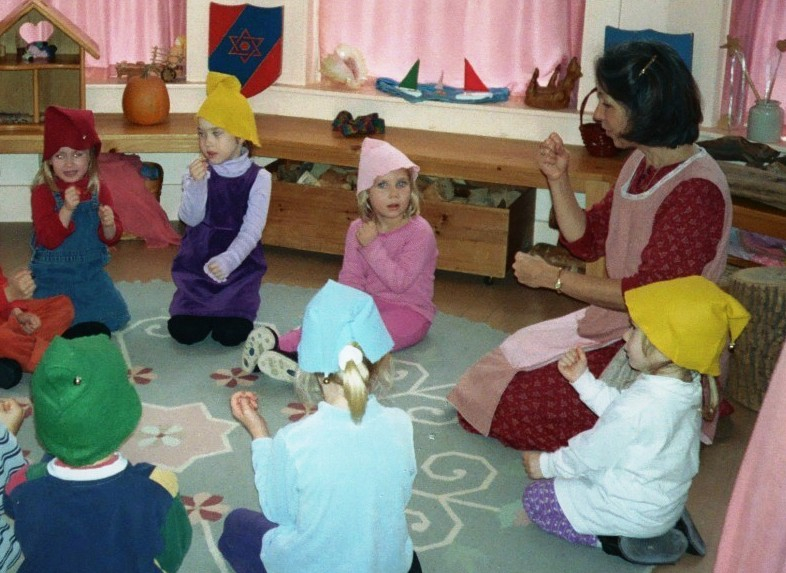
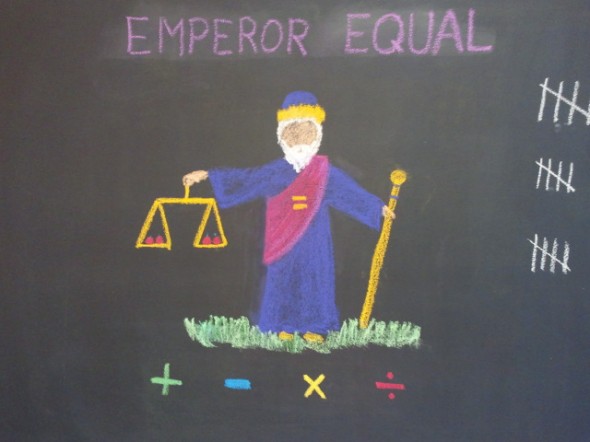
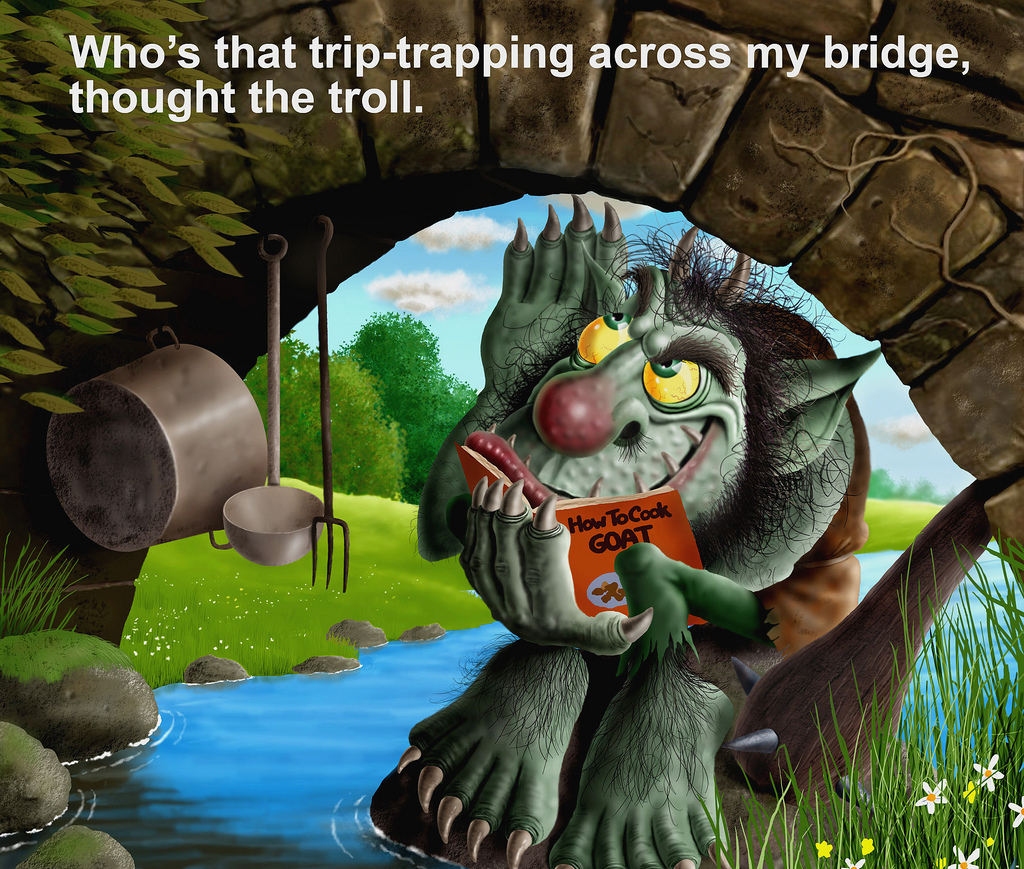
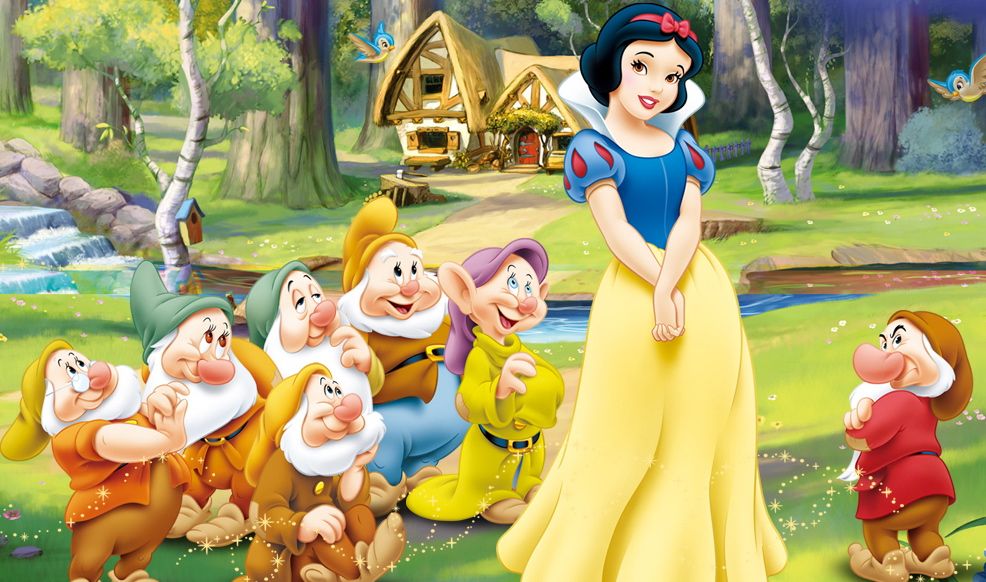

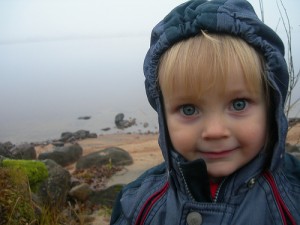
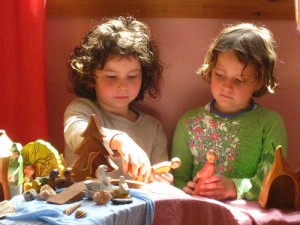
18 Comments
I’ve done well on limiting TV/screens, but we are definitely a picture book family. I have started telling some stories to y 5 year old, and she does like it. But I find it very challenging to do this as a stay at home mom of two with any regularity. I tried reading her fairy tales, but she doesn’t stay engaged or wants pictures. It seems oral storytelling is the only way to go, but it’s such a struggle for me. Input welcome!
Thanks for your comment, Andrea. While picture books generally aren’t used in Waldorf early childhood classrooms, I should have added that this is not to say that parents should never read picture books to children. Not at all! My home was (and still is) full of picture books, and I believe that reading aloud to children from books is a wonderful and important activity for parents and children. That said, I believe it is important to bring consciousness to the kinds of picture books chosen, making sure that pictures aren’t too detailed and too scary for very young children. Are the illustrations beautiful? Are they artistic rather than cartoonish. Think about the emotional response that the pictures evoke.
Most children today have no shortage of picture books they are exposed to, but a child whose parents TELL them stories regularly, is a lucky child indeed! More on this topic soon.
Since beginning to homeschool Waldorf, we have seriously reconsidered which books we read. I used to think that there were no bad children’s books, that any reading was good reading, with a few exceptions.
After learning the Waldorf reasoning behind fairy tales and their importance for children’s imagination, vocabulary, etc, I overhauled our library. Some books simply served no point at all other than to entertain a child much like a tv show would do. Many had no conflict or plot, just “stuff” with lots of visual clutter and poor language.
In the end, I only kept those picture books which had some kind of meaningful or enriching content, poetry, or fairy tale-like qualities, probably only 1/4 of the books we had offered before.
Our daughter, 6, has especially enjoyed hearing a well-crafted story, though both my children sometimes miss the old books. My 3 year old son is content for now with nursery rhymes and simpler stories.
Hello
Thank you for your article on storytelling. I will be opening my home this year as a Waldorf Inspired School for children ages 3-5 years old. My biggest concern is memorizing stories. I liked how your article was worded in terms of telling stories from the heart and not memorizing. It seemed to take the pressure off. I look forward to your next post on how to get your storytelling juices flowing.
Sharyn
Thank you for the comments! Very helpful. Looking forward to more on story telling. xo
Please keep up your beautiful and inspiring work. I am a grandmother of one 4 year old girl Claire and look forward to your posts. Trying to gain more confidence in storytelling. Best regards, Patty
http://www.wrensnest.org/president-obama-doug-lamborn-and-dealing-with-the-wonderful-tar-baby-story/comment-page-1/#comment-552890
Here’s a link to an awesome storyteller from a historical site in Georgia. You should check out the video and how he keeps the kids interested (he’s really funny too). I’m definitely taking my kids to this site when/if I adopt. Just to warn you, you may want to read the article with the video before watching the video. I hope this inspires you with your storytelling.
Also, I found some awesome picture books at Kohl’s with simple-yet-beautiful art, nature-based stories, and rich imagination. They cost $5 a piece and the money goes to charity. They’re only available a limited time, though. “The Giving Tree” and “Somebody Loves You, Mr. Hatch” are great, too.
Also, I think audio books are great for kids. They’re great for road trips, and there’s a huge selection (I’ve seen everything from “The Chronicles of Narnia” to collections of old folk tales).
Finally, although this is a bit off-topic, what projects would you recommend for teenagers with moderate to severe disabilities? We’ve done watercolor, but what else would be good?
Hello, Sarah,
Thank you for this lovely site; I’ve been coming to it often lately. I have just started a new position as a preschool teacher for children with disabilities, but my background is as a speech-language pathologist. I’ve known about and loved Waldorf for many years, seeing it as a way to preserve childhood, genuinely teach children, and frankly prevent some later learning disabilities. My own daughter had the gift of attending a Waldorf kindergarten as a four year old, which is where I was introduced briefly to the storytelling position. That said, I have no formal training whatsoever in this tradition. Now I find myself as a new teacher in a very different setting from a Waldorf school–basically it is a US public school, following a public school model, but in a foreign country. The materials available to me, expectations, everything, are quite different from the Waldorf tradition. Still, I know I can make a difference AND I do have some flexibility in how I do things in my classroom. My students range in age from 3 to 4 years, with varying degrees of disability all involving some kind of social or verbal language difficulty. Which brings me here…I’m searching low & high for good resources that I can draw from quickly. I wish I could sit and study, but I also need some help now…these children are before me with immediate needs and very little time. I’m finding homeschool resources, such as those you’ve recommended elsewhere, but not really much for anyone in my situation. I came here for inspiration for storytelling, and realized I’m looking for much more. Any and all guidance as to where I might look would be most appreciated. Most sincerely, Gina.
Hi Gina,
Thanks for your kind comments!
How wonderful that there are caring teachers like you committed to working with children with disabilities, and wishing to bring Waldorf elements to your work.
I would highly recommend the book The Extra Lesson by Audrey McAllen as an introduction to working with special needs children.
There are also a number of Waldorf remedial teacher trainings available in the U.S. that might be of interest to you. Even if you don’t decide to embark on a full training course, you may find valuable information listed on their websites. Here are a couple that I can recommend:
Rudolf Steiner College – Remedial Education Program
http://www.rudolfsteinercollege.edu/remedial-education
Association for a Healing Education
http://www.healingeducation.org/about-ahe.html
Perhaps others can recommend additional resources as well.
Best wishes to you on your journey!
Hi Sarah!
Thanks for a wonderful post. I have been practicing storytelling with our three and a half year old (he goes to a Waldorf kindergarten since last year) since he was very little. I have been meaning to add some puppetry and simple sets, but I realise it will take me a while to prepare for that. Do you think that shadow puppets might be a good idea? I have always liked them but am unsure if at this stage it may be appropriate for him. Thank you.
For a kindergarten class, Is it alright to split a fairy tale in half if it is long, and tell one half one day and the other half another day? Or, is it best to just omit parts and make it shorter? I don’t have time to memorize a shorter story before school on tues, and these were the best two solutions I can imagine. Thank you!
Hi Lisa. Sorry for the delay in responding. That is a very good question and one I don’t have a ready answer for. While splitting up a story is common in the grade school (thinking of teachers who read students chapter books at lunch or at rest time), I have never seen it done with a kindergarten class and have never done it myself. I would definitely not recommend omitting parts of a fairy tale. Fairy tales are full of symbolism, archetypes, and deep truths. For this reason Waldorf early childhood teachers are trained never to edit the stories or to water down the language. My inclination would be to choose shorter stories that can be told in their entirety during your story time. But perhaps other teachers will offer their input. I will also put this question out to my colleagues for feedback and report back what I hear.
Hi again, Lisa. I checked with many of my Waldorf early childhood colleagues and all agreed that splitting up a fairy tale for young children would not be recommended. Much better to choose a story that can be told in its entirety in one sitting. As my colleague Stephen Spitalny (a former Waldorf kindergarten teacher, author, and consultant) wrote: “I agree completely with you Sarah. If the story is too long for a one session telling in kindergarten, find another shorter story. There are so many to choose from. And surely don’t omit any parts which unbeknownst to you (or any of us) may have spiritual significance.” Hope this helps!
I love this article. Have you read The Four Arguments Against Television? It also warns about putting someone’s else’s image into your head!!! I no longer homeschool my kids but will definitely do more story telling with my grandchildren.
Thanks, Holly! While I am familiar with it, I haven’t read The Four Arguments Against Television. But I couldn’t agree with the author more! Television, movies, and even picture books put someone else’s visual interpretation of a story in a child’s head, robbing the child of developing his or her ability to create inner pictures and to use one’s imagination. Will definitely put the book on my reading list.
Hi Sarah!
Thanks for a wonderful post. I have been practicing storytelling with our three and a half year old (he goes to a Waldorf kindergarten since last year) since he was very little. I have been meaning to add some puppetry and simple sets, but I realize it will take me a while to prepare for that.
Good afternoon, I am Maila C. Imperial, teaching preschool in La Consolacion College Valenzuela, Philippines currently studying my masters’ degree major in Early Childhood Education. I find the Waldorf philosophy quite interesting. In fact, I will make a thesis for my graduate school as one of the requirements in the subject of Research-core subject. I want to be this philosophy as my major foundation in storytelling that enables the child to be more imaginative and feel the love and warmth and the importance of play through designing a lesson plan in storytelling in lieu of Waldorf teaching technique/philosophy. Thank you for your kind consideration. Please affirm my permission to take this philosophy in my thesis. Rest assured that my thesis that I will make be forwarded as one of my contributions. 🙂
Thank you so much Ms. Sarah!